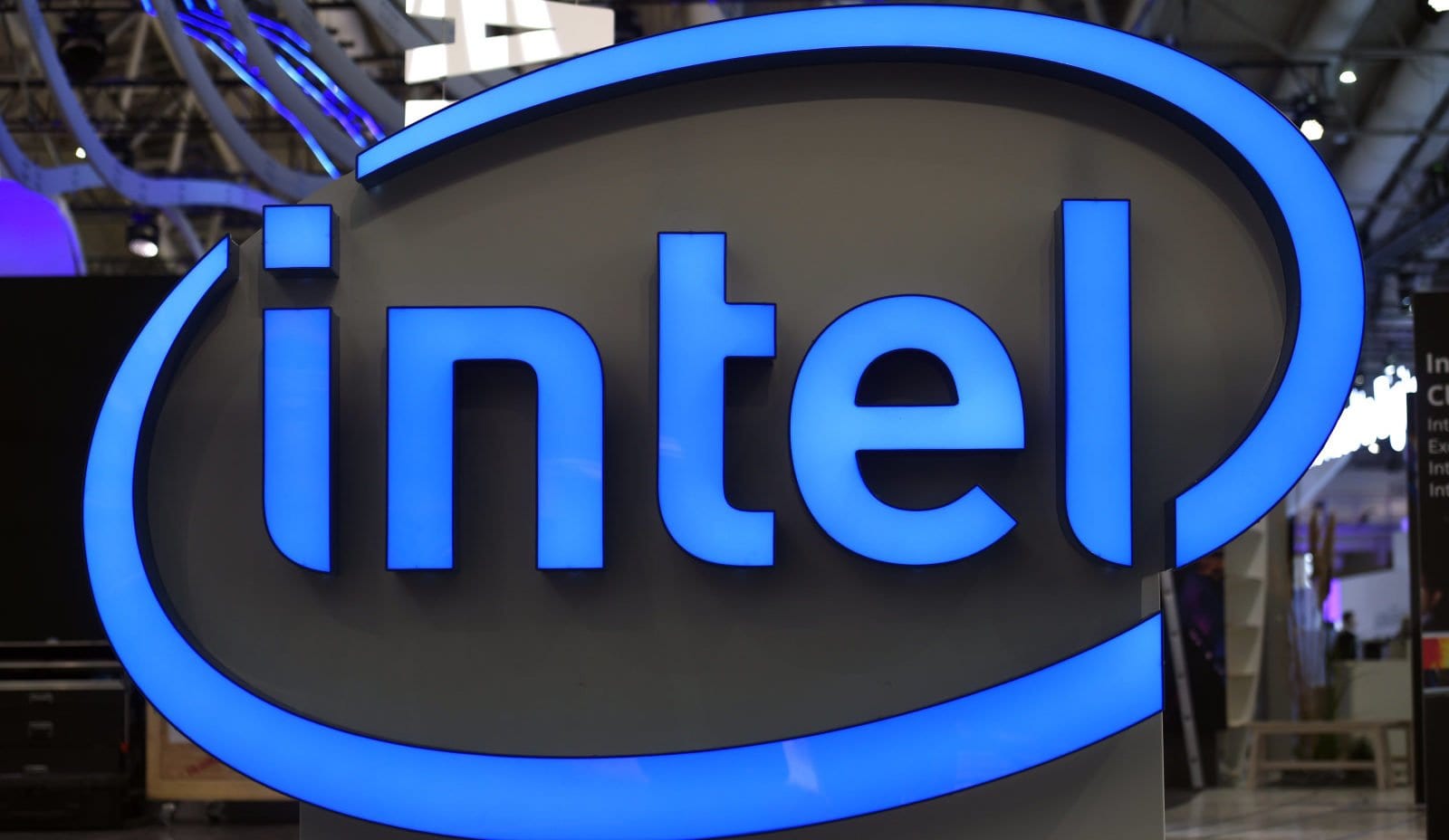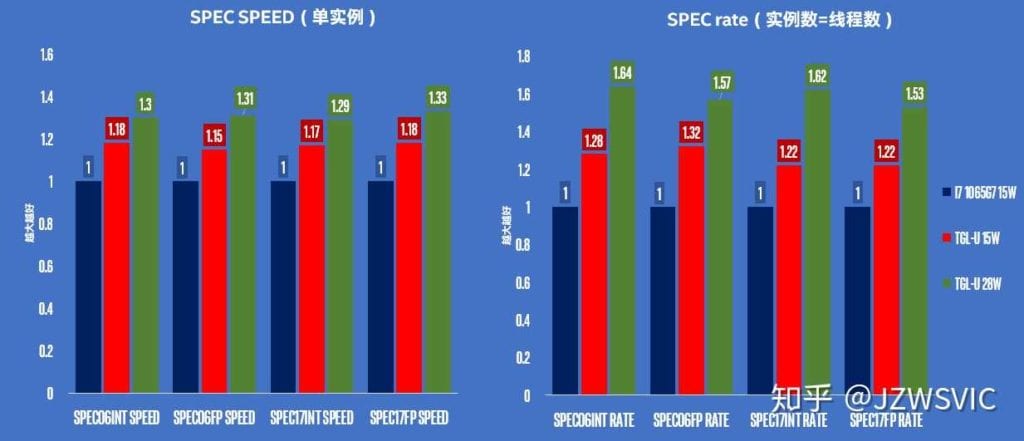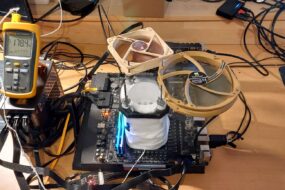
Every day there is more and more information about the upcoming Intel 10nm++ Tiger Lake processors. One of the latest leaks was published on the Chinese tech resource Zhihu. A verified user of the site posted performance tests and some characteristics of Intel Tiger Lake-U engineering samples for everyone to see.
The lighted Intel chip was created on the basis of the 10nm++ process technology being polished at the moment. The processor has at its disposal 4 cores, 8 threads, based on the Tiger Lake architecture, which will be released in the second half of 2020.
According to the information received, the tested CPU is part of the energy-efficient Tiger Lake-U platform marked ES2. Thus, we can assume that this is a chip of the second revision. The frequency formula of the engineering sample is as follows: 4300 MHz for one core and 4000 MHz for all 4 cores, 8 threads.
Unfortunately, the amount of cache memory and the integrated graphics processor remained unknown. However, the Chinese colleagues were able to compare the resulting Tiger Lake-U copy with the current energy-efficient Core i7-1065G7 processor (Ice Lake-U, 4 cores, 8 threads, frequency per core – 3900 MHz, frequency for all cores 3500 MHz).
Intel Tiger Lake engineering samples have been tested at both the 15W and 28W limit:

In SPEC Speed tests, the 15W version of Tiger Lake-U was 17% faster than the Ice Lake-U chip. The 28-watt TDP version was able to show a 31% advantage over the current Ice Lake-U processor and about an 18% advantage over the 15-watt Tiger Lake-U version.
SPEC Rate set its priorities somewhat differently: the 15-watt version of Tiger Lake-U was able to bypass Ice Lake-U by 26%, while the 28-watt version of the same Tiger Lake-U overtook Ice Lake-U by an order of magnitude 60%.
It must be said that the 60% superiority cannot be explained only by the increased frequencies of the engineering sample. Judging by the results obtained by our colleagues, with a high degree of probability, we can say that Tiger Lake will bring Intel, if not a confident victory, then at least a slight advantage over the current, and most importantly, future AMD Ryzen 4th generation processors.
In any case, there is not long to wait for new information. In addition, if the lighted specimens really belong to the second revision, then in the near future we can get detailed data on the amount of cache memory and the characteristics of the integrated GPU.
Source: WccfTech




